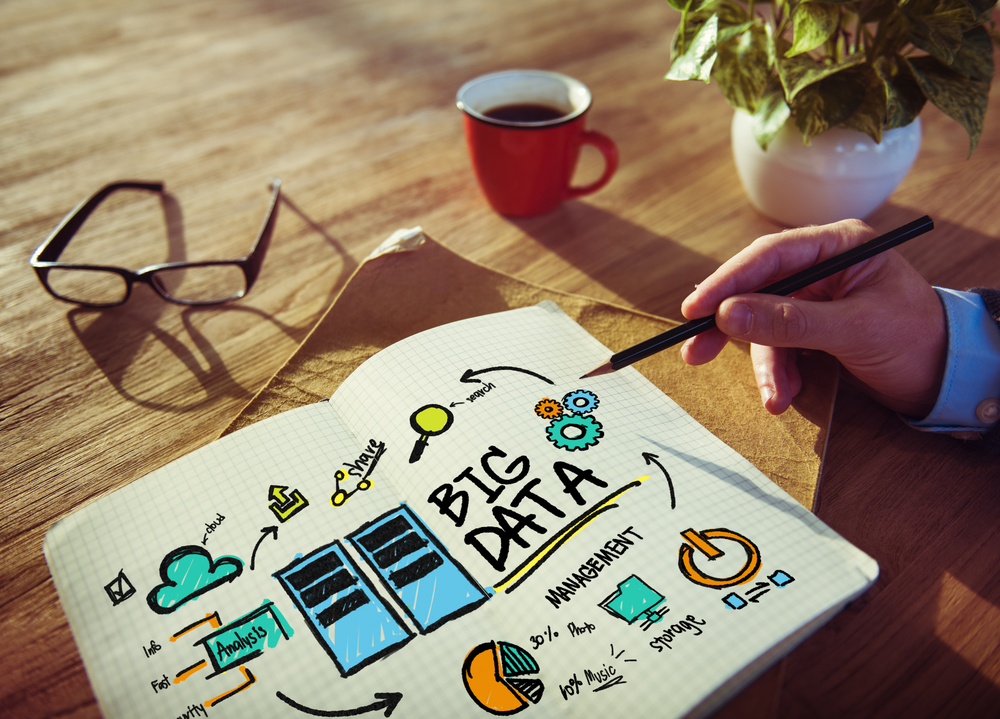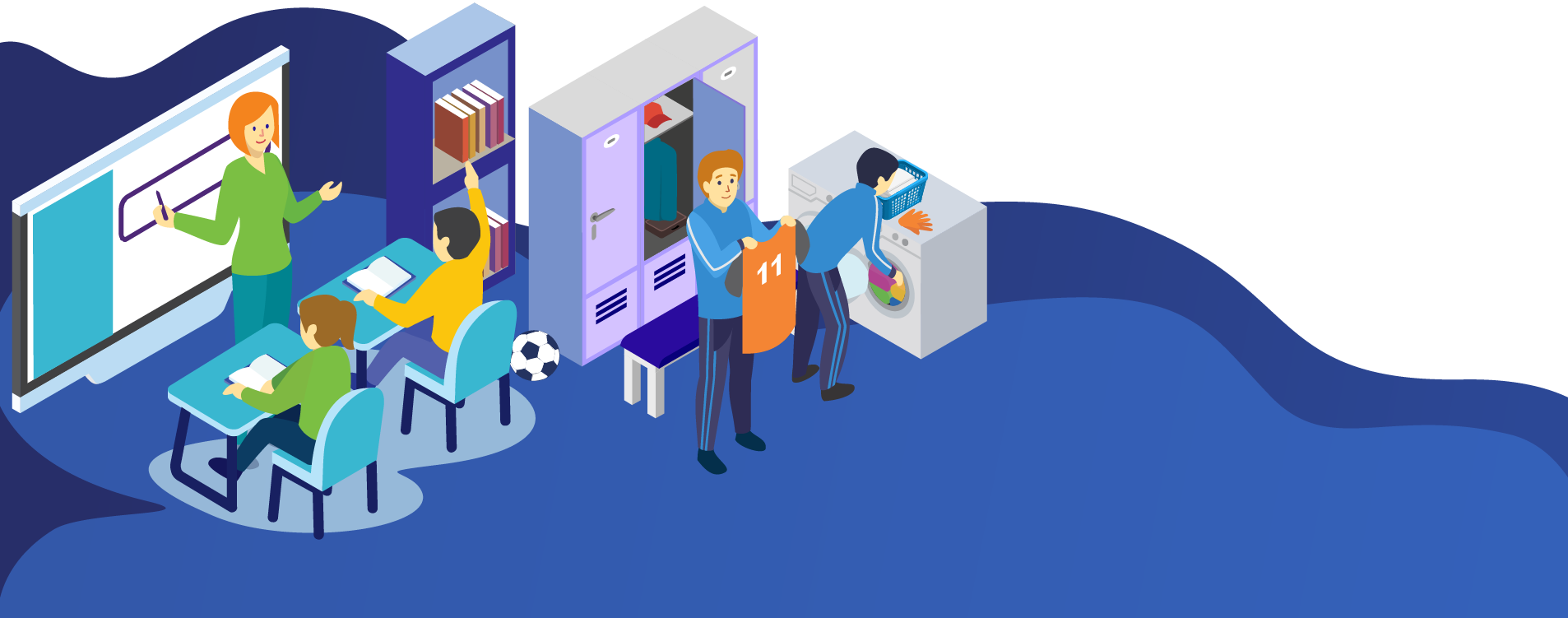4 ways to use big data in schools
The use of big data in schools has massive potential to transform learning. We take a closer look at how schools can make use of big data in our blog.

As with many other sectors, technology has the power to revolutionise education – making schools more effective and efficient.
By analysing data about how kids consume educational content, valuable insights can be gained. These can be used to enhance learning and inform decisions about which learning tools and content get the best results.
With the help of big data, schools can see clearly the areas in which students need additional support. This knowledge means that teachers can take steps to address this and make a greater impact with their teaching. They can also share these insights easily with others in the education community.
This article looks at the concept of big data and presents some key ways to use big data in schools.
What is big data?
The Cambridge Dictionary defines big data as:
“very large sets of data that are produced by people using the internet, and that can only be stored, understood, and used with the help of special tools and methods”
Many industries make use of big data to better understand customer habits, reduce waste and inform business strategy. For example, large supermarket chains collect big data when items are scanned at checkouts or from customer loyalty cards each time you shop. They use this data to track customer behaviour, target promotions at customers, and fill their stores with the most popular products!
How can big data be used in schools?
The idea behind using big data in schools is all about refining the learning experience and improving student results.
Here are 4 ways to use big data in schools:
1) Assessment tools
By using big data from assessment tools like Classroom Monitor, teachers can gain useful insights into how students engage with online activities, by monitoring their actions and their results.
2) Personalised learning
Big data from classroom tools and learning apps can help teachers gain a better understanding of how individual students behave and learn. This can in turn help them to create the best learning environment for every student, by incorporating these insights in personalised learning.
3) Blended learning
The insights derived from big data in schools can also help schools create blended learning programmes that combine traditional and online learning to maximum effect. A blended learning approach can allow students to achieve specific outcomes whilst moving through lessons at an optimal pace.
4) Identify and act on problem areas
By using big data, teachers can identify areas kids are struggling with before it’s too late! By continuously monitoring student performance, problem areas can be picked up quicker and strategies can be put into place to support students in need.
Analysing student data to measure their understanding has always been a part of teaching, even before the digital age! And big data offers the power to help schools achieve ever-more sophisticated insights into their students and how they learn.
Are you looking for classroom equipment to support the use of big data in your school? Contact our expert team!

